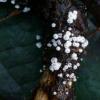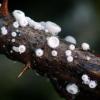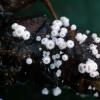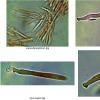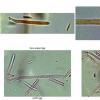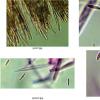
12-03-2017 09:12
 Bernard CLESSE
Bernard CLESSE
Bonjour à tous,Êtes-vous d'accord pour Lachnum v

11-03-2017 21:28
 William Slosse
William Slosse
I always find it hard to distinguish citrina from

11-03-2017 00:03
 Viktorie Halasu
Viktorie Halasu
Hello forum, I'm looking for the description of H

10-03-2017 17:15
Jac GelderblomChers amisSur bois d'Acer j'ai trouvé une petite

10-03-2017 22:56
 Bernard CLESSE
Bernard CLESSE
Bonsoir à tous,Cet après-midi j'ai récolté sur

09-03-2017 21:04
 Amadej Trnkoczy
Amadej Trnkoczy
Hi,I would appreciate very much confirmation or co

05-03-2017 09:56
 Fedorenko Vassiliy
Fedorenko Vassiliy
Hello to everyone!Is that Helvella confusa?Fungi g

11-03-2017 00:27
Queridos amigos,Estamos ya listos para acogeros, d

10-03-2017 09:14
 Michel Hairaud
Michel Hairaud
Dear friends, We are now totally ready to welcome

09-03-2017 20:44
Lepista ZacariasHi everyone,This specimen was collected in the beg
Lachnum virgineum sur Rubus sp.
Bernard CLESSE,
12-03-2017 09:12
 Bonjour à tous,
Bonjour à tous,Êtes-vous d'accord pour Lachnum virgineum, ici sur tige morte de ronce.
a) asques à crochet à la base
b) spores étroitement fusiformes, sans microguttules : 6-10x1,5-1,8
c) paraphyses lancéolées-fusiformes, dépassant les asques, sans guttules
d) poils finement incrustés, à apex non enflé ni capité, arrondi : longs jusqu'à 114 µ
Bernard
Hans-Otto Baral,
12-03-2017 09:43

Re : Lachnum virgineum sur Rubus sp.
oui, exactement.
Bernard CLESSE,
12-03-2017 09:47

Re : Lachnum virgineum sur Rubus sp.
Thank you Zotto !
Bernard
Bernard
